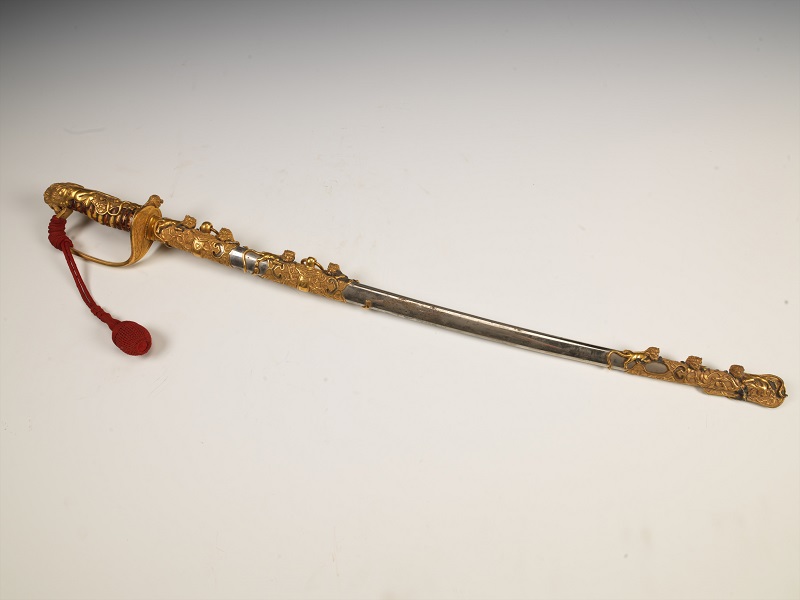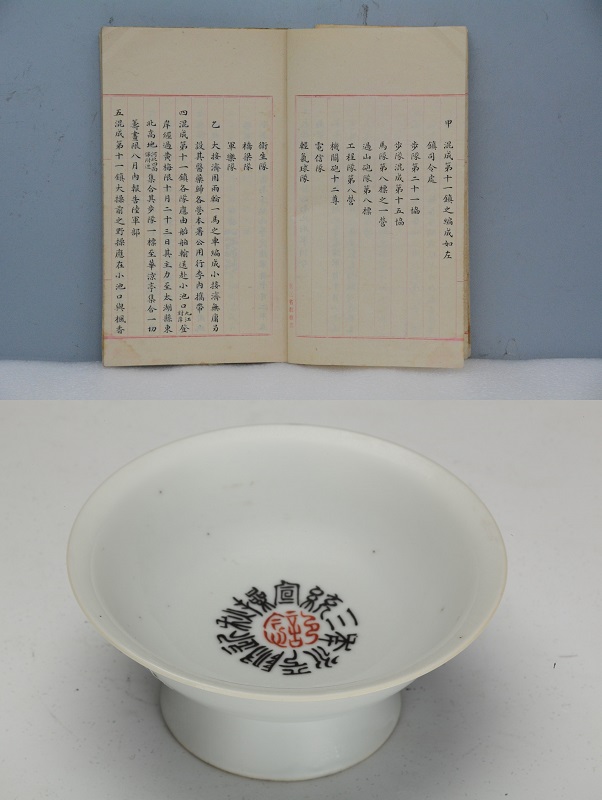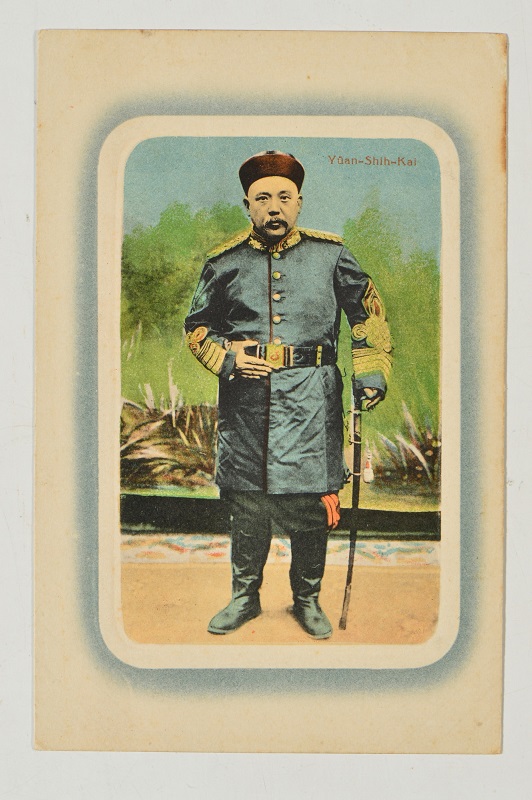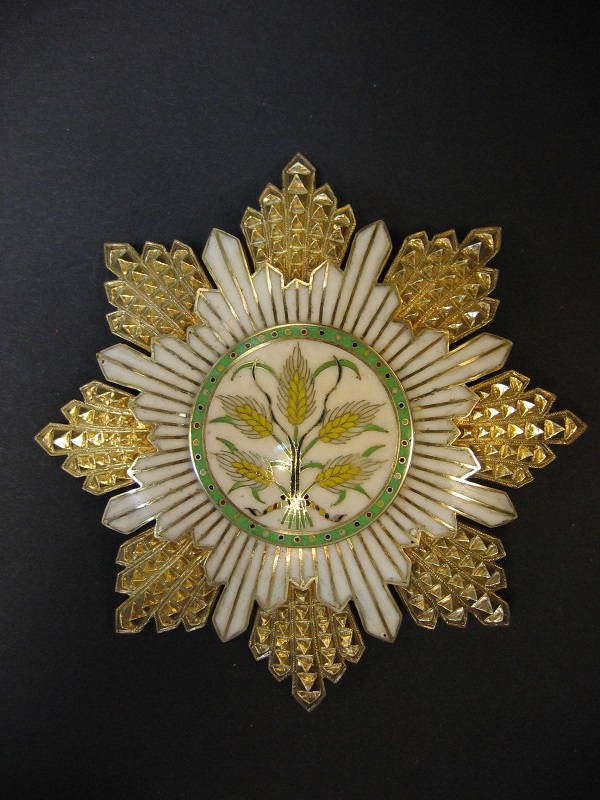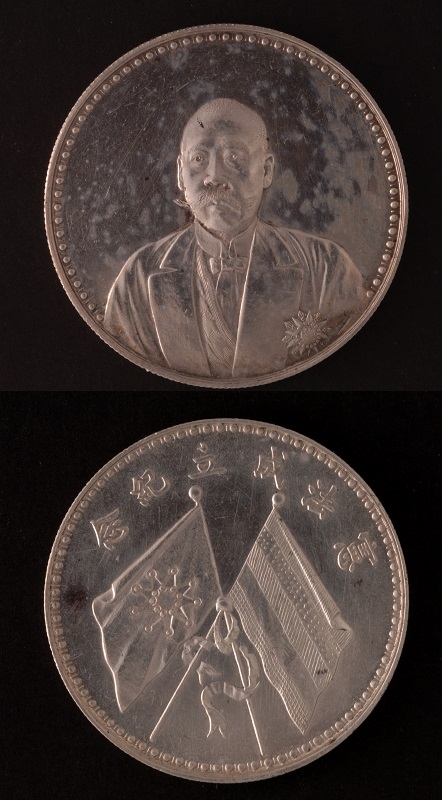The Beiyang Warlords: War and Politics
26/10/2018 - 23/1/2019
1/F, Exhibition Gallery,
Dr Sun Yat-sen Museum
Jointly presented by
Leisure and Cultural Services Department
Tianjin Museum
Organised by
Dr Sun Yat-sen Museum
The Beiyang warlords were one of the extremely influential military and political powers in modern Chinese history which began in 1895 with Yuan Shikai training soldiers in Xiaozhan, Tianjin. While he expanded his influence through military build-up, he placed his trusted aides in the central and local governments. Over time, the Beiyang warlords headed by Yuan Shikai, powerful enough to influence the politics of the late Qing and early Republican periods, was formed. Following Yuan's death from illness in 1916, no one with the same strength and imposing reputation could take his place as leader. As a result, the Beiyang warlords split into the Anhui, Zhili and Fengtian cliques. Each clique took turns to rule the north. The Beiyang warlords ceased to exist as a viable political force when the Northern Expedition of the Nationalist Party succeeded in 1928. The rise and development of the Beiyang warlords, meanwhile, shed light on the complex political situation of modern China.
Tianjin Museum has generously supported this exhibition with the loan of 70 invaluable relics. These, along with items from the collections of the Hong Kong Museum of History, the Tung Wah Group of Hospitals and collectors, will illustrate the rise and development of the Beiyang warlords. We hope visitors can gain a better understanding of this tumultuous period of political instability and conflicts among warlords, as well as China's political development in the late Qing and early Republican periods.
Minister of Beiyang
Li Hongzhang and Hong Kong
German Army
Six Divisions of the Beiyang Army
Chinese Empire
Background of the Warlords
Warlords in Hong Kong
Wars among the Beiyang Cliques
Nanjing-Wuhan Split
The End of the Warlords
Warlords in Tianjin
Warlords or Militarists?
Public Guided Tours (in Cantonese)
Every Wed, Sat, Sun and public holidays
(starting from 3 Nov 2018)
3-4pm
20 persons per session; first come, first served
Meeting Point: Entrance to Exhibition Gallery, 1/F
